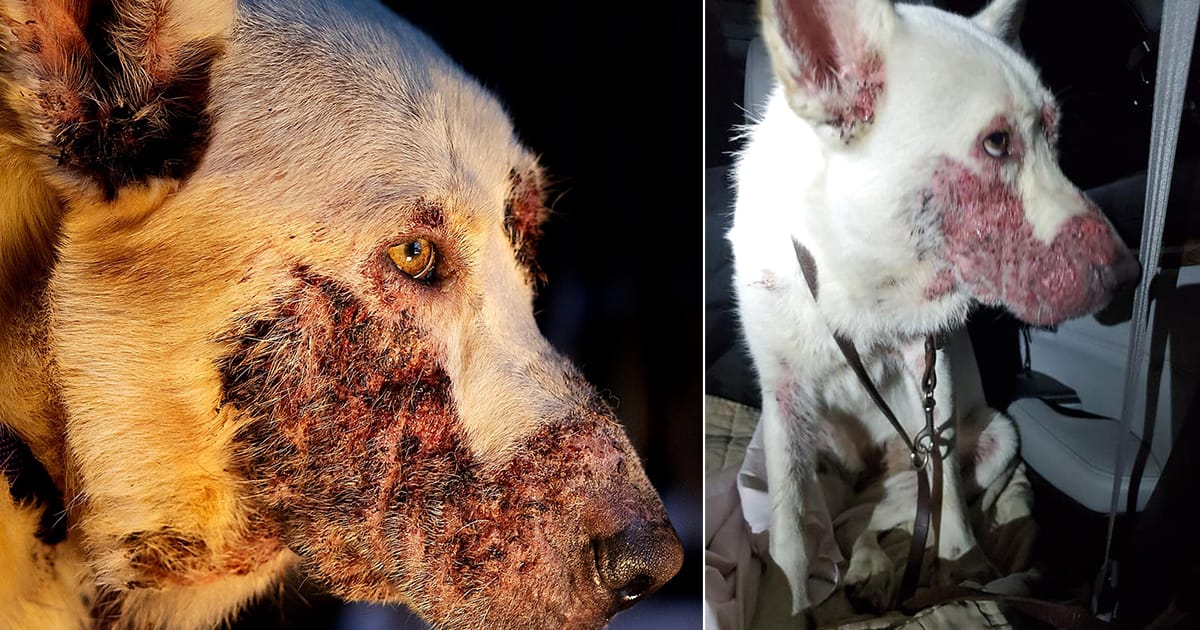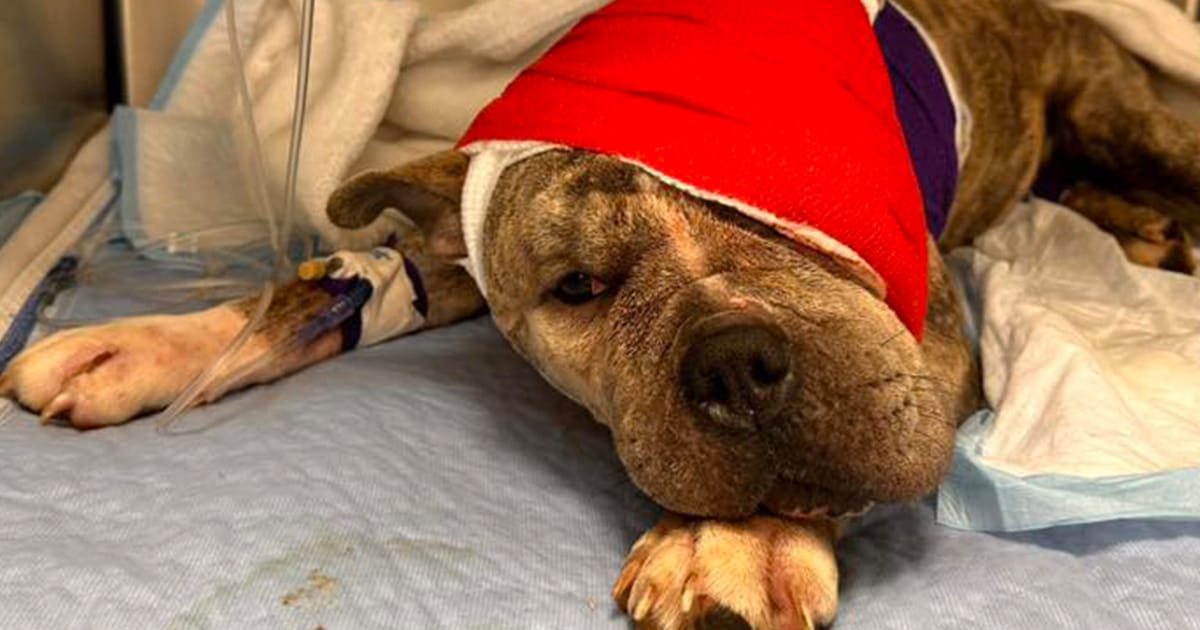
Tragic update on beloved premature foal who touched thousands
Animal lovers across the country are mourning the loss of Seven, the miracle foal who…

Animal lovers across the country are mourning the loss of Seven, the miracle foal who captured thousands of hearts with his fight for life. Born seven weeks early, he was his mother’s seventh baby, and his owner Katie Van Slyke’s seventh foal of the year. Against all odds, Seven survived for more than a year…

Gracie, once known as Glacier, was found in dire condition on a deserted Central Florida road. When she arrived at Gulf Coast Humane Society, she was battling a severe skin infection that had developed into sepsis. Her energy was nearly gone, and her beautiful fur was replaced by painful scabs and infection. At We Love…

The belgian blue bull is the result of 50 years of selective breeding in Belgium. The goal was to create a breed that produces a lot of milk and meat – something that has succeeded. However, the animals have unfortunately been afflicted with health problems and have suffered from how they’ve been bred. Created in…

Some animal rescues touch the heart more than others, and Julia’s story is one that stays with you. Back in 2016, a Los Angeles woman encountered a homeless dog on the street. She snapped a picture and sent it to Hope For Paws, an organization that works to save street dogs in California. The organization immediately realized…

A heartbreaking scene unfolded on the streets of Houston, Texas, when an animal lover spotted a dog in horrifying condition, barely able to walk. The 5-year-old pup, later named Madelyn, had been so severely mistreated that she looked almost frozen in stone. Veterinarians revealed that Madelyn was not only suffering from neglect but also battling…

A few days ago, animal control in rural Georgia received a desperate call: a witness had seen a man point a gun at a dog and fire twice, hitting her in the head. The dog fell into a ditch. Terrified, the caller couldn’t approach — but she didn’t hesitate to alert authorities. What they discovered…

No animal should ever be left to fend for itself on the streets — but sadly, it happens all too often. That’s why Sonia Antonela Costas made it her mission to protect vulnerable animals in her Romanian town. Running Sonia’s Safe Animal Haven from her own home, Costas has, with the help of her son…

Wouldn’t it be amazing if our pets could actually talk to us? Most of the time, their wagging tails or happy barks say more than enough — but imagine being able to have a real conversation with them! One dog owner decided to make that dream come true, sort of. In a now-viral video, he…

The Russian invasion of Ukraine hasn’t just torn families apart – countless animals have been affected as well. Anastasiia Arana owned her dream horse for just six months. Then the war swept through her city. Skadovsk, a port town on the Black Sea in southern Ukraine’s Kherson region, was caught in the chaos back in…

When a stray dog is pregnant, the odds are grim. Many are unable to care for their puppies — or even themselves — and tragically, most don’t survive long enough to give birth. But this story is different. There are roughly 50-70 million feral cats in the US and as many as 8 million stray dogs….